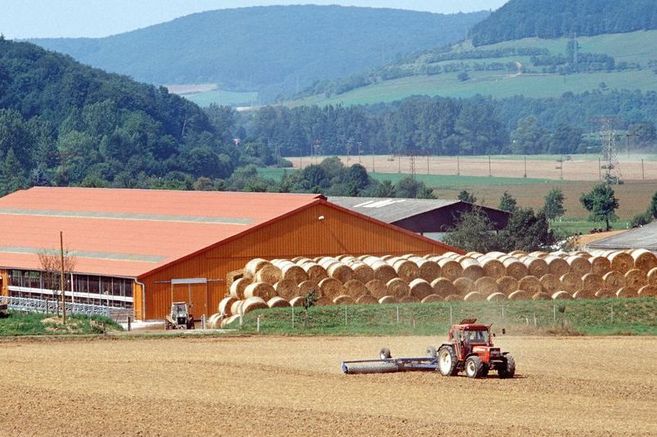Project
Agriculture: farm diversity and change

Analysis of Farm Structures in Germany
Farm structures are constantly changing – they must, if they respond to competition. However, how well do we know the current farm structures? Available statistics only provide limited information. Therefore, in this project we intend to initially identify the exact knowledge gaps and later develop approaches to close them.
Background and Objective
Splitting of farms, cooperation, and diversification are only a few buzz of the phrases considered for adaptation strategies of farms. Complex and partly household farms organized like concerns are increasingly characterized our current farm structures. The available statistics (especially the agricultural census, agricultural structural survey or the national Farm Accountancy Data Network (FADN)) doesn't offer a clear representation of these structures. If development information is missing, far-reaching consequences for policy advice and analysis, as well as target-oriented policy development problems arise.
Bearing these defficencies in mind, our aim is to analyse and evaluate the significance of official agricultural statistics, non-agricultural statistics, other availabale data and the FADN. We would like to find approaches which enable us to analyse the entire farm or farming household.
Target Group
Science, Administration, Politics, Statistics
Approach
In the scope of the project, we first analyse the generally available official statistics with regard to business and company structures. In addition, we examine whether there are other relevant data sources that can help us to visualise the actual prevailing farm and business structures.
The analysis first requires a clear definition and delimitation of the agricultural field of investigation. On the basis of regional case studies, it was found that there is a considerable gap between the official agricultural statistics and the actual structures. In the further course of the project, approaches to closing existing gaps will be developed using data from official agricultural statistics, other official statistics, private company data and other data sources, both individually and in combination.
Although the focus of the project is on German agriculture, we will also investigate how farm and business structures are recorded in other industrialised countries. From this, we may be able to deduce how national agricultural statistics can be improved.
Data and Methods
Analysis of available statistics, and the implementation of expert interviews and workshops. The use of farm related data and sources with information about structural links between farms (for example, data from social security or the company database DAFNE). Implementation of national data surveys in selected regions, and the comparison of obtained information with available official statistics.
Preliminary Results
In regions of highly intensive livestock production and scarce land, and regions with widely diversified income farm structures, the official statistics can hardly be valid or appropriate representatives. Only thanks to information from experts we can make approximate statements about the concentration of production and income. The regional case studies research approach provides reliable results for the discrepancies between statistics and reality. It shows that such analyses is necessary to newly re-adjusted agricultural structure surveys and the national Farm Accountancy Data Network. Only in this way the income situation in agriculture can be determined more accurately.
Thünen-Contact

Involved Thünen-Partners
Duration
1.2016 - 12.2024
More Information
Project status:
ongoing








